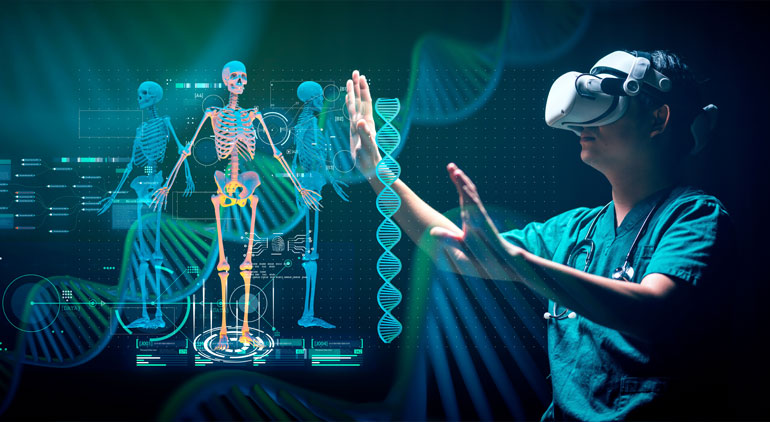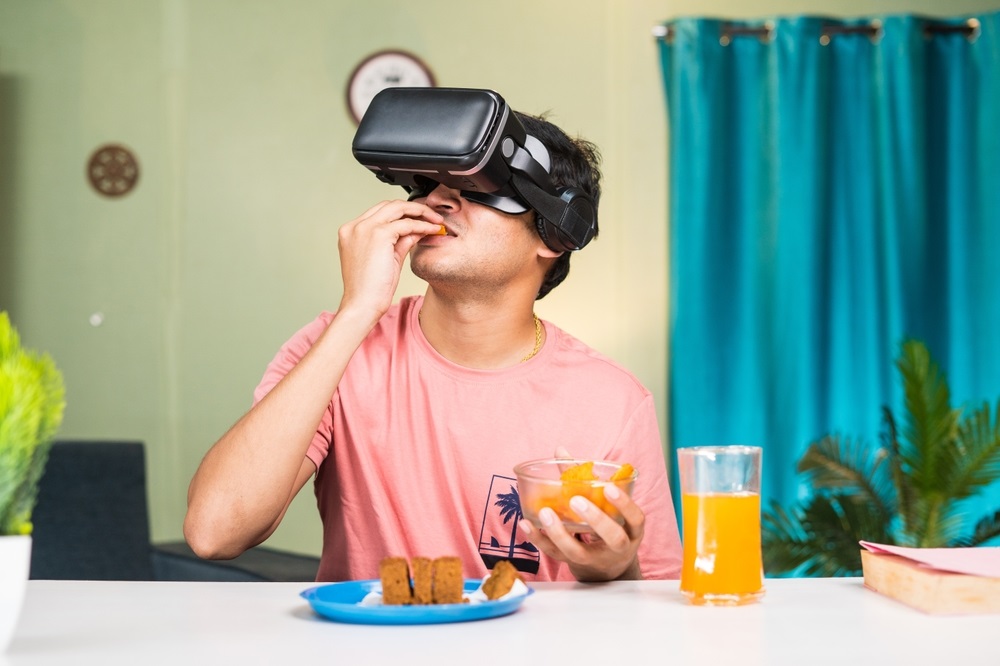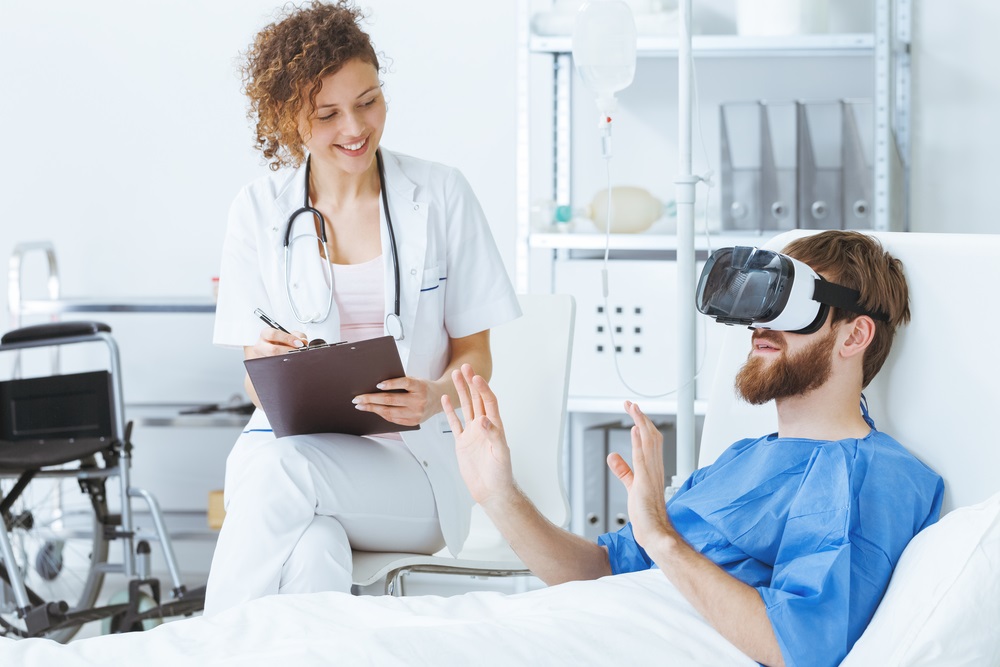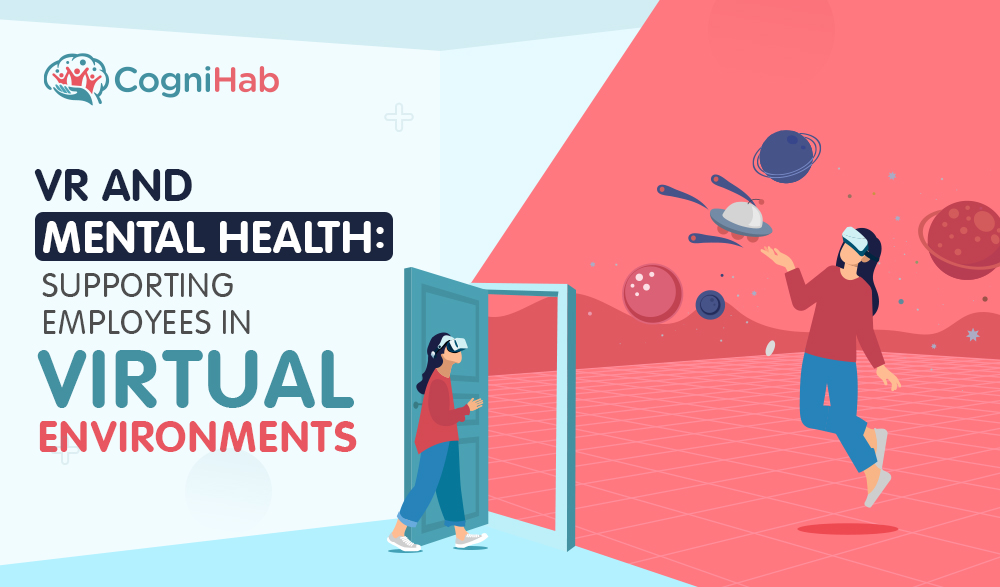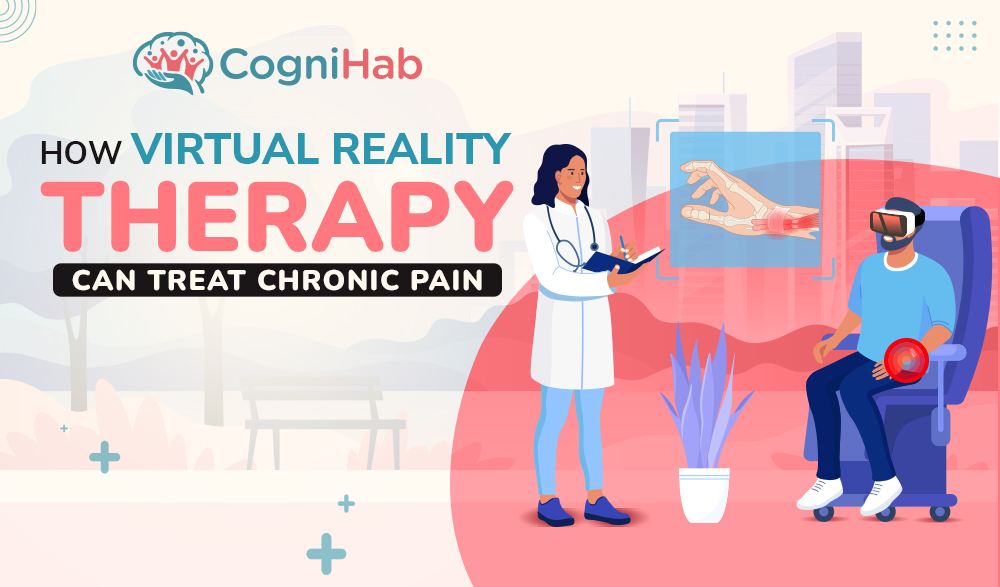Excellent Examples of the Internet of Things (Iot) Boosting Healthcare
The Internet of things is a technological advancement that allows a device to be connected to an otherwise inert object, like the electronic systems in plants or lighting. They could produce and send data through a network about environmental variables' measurements.
The Internet of things is undoubtedly one of the best Innovations in healthcare technology solutions that can be better demonstrated by the biometric system (IoT). The technology makes use of voice, facial, eye, fingerprint, and other types of recognition. Compared to manual or automated methods, it is more reliable and supported by IoT-based security solutions.
The Internet of Things has a significant impact on the healthcare sector as well. IoT serves as a bridge in the new age of remote healthcare, enabling new forms of medical treatment and healthcare support.
This blog will describe the best examples of the Internet of things that are helping the healthcare industry.
Smart Watch
This mini device can definitely top the list. This is unquestionably a vital piece of technology that permits the operation of virtual hospitals and other sorts of care, as well as illness prevention and detection. Furthermore, IoT-enabled medical wearable devices offer people the information they need to improve their health. Healthcare wearables increase visibility into important parts of a person's health status. Real-time health monitoring is one of the advantages. It can also assist doctors in monitoring drug adherence to treatment strategies.
The ability to analyze sleep patterns is one of the best health functions these smartwatches have to offer. A restful night's sleep is unavoidable for a clear mind. In addition, guided breathing and meditation exercises are beneficial for vr rehabilitation in mental health. At the same time, activity trackers and workout reminders can help avoid gaining too much weight.
Remote Patient Monitoring
This is the most popular use of IoT devices in healthcare. It automatically collects health data such as heart rate, blood pressure, and temperature. It is incredibly beneficial for patients who are not physically present at a healthcare center. It also ensures that patients do not have to go to advantageous providers if they have a travel concern.
An IoT device captures patient data and sends it to a software program where it can be seen by healthcare professionals, patients, or both. It is extremely beneficial while also ensuring that the highly personal data collected by these IoT devices are secure and private.
Glucose Monitoring
With the prevalence of diabetes rising daily, it is clear that everyone is highly concerned about this condition. On top of that, it can be challenging to monitor glucose levels manually. If the fluctuations are significant, it becomes much more problematic because testing regularly might not be able to find the issue.
By enabling continuous, automatic glucose monitoring in patients, IoT devices can assist in resolving these problems. The necessity for manual record-keeping is minimized by glucose monitoring systems, which can also alert patients to abnormal glucose levels.
Heart-Rate Monitoring
Measuring heart rates, as with glucose, can be problematic even for people who are physically present in medical facilities. Periodic heart rate checks are useless in preventing unexpected heart rate fluctuations. Standard continuous cardiac monitoring systems in hospitals require patients to be permanently attached to the equipment, limiting their movement.
Heart rate monitoring is now available with a variety of tiny IoT devices, allowing patients to move freely while their hearts are constantly monitored. Although it is still challenging to ensure exceedingly precise readings, most modern technology can yield accuracy rates of 90% or more.
Mood Monitoring
Acquiring consistent data on patients' depressive symptoms and general mood has always been challenging. Healthcare providers may ask patients how they are regularly feeling. However, even for the patient, it is impossible to capture the patient's thoughts and mood all the time.
By collecting and analyzing data such as heart rate and blood pressure, IoT devices might infer information about a patient's mental stateand Anxiety. Advanced IoT mood monitoring devices can even track data such as a patient's eye movement. However, the device's precision is questionable.
Parkinson's Disease Monitoring
Healthcare professionals must be able to gauge how the severity of a patient's symptoms varies throughout the day in order to treat Parkinson's patients effectively. In addition, patients are able to spend their lives in their own homes thanks to the gadgets rather than being kept in a hospital for prolonged periods of time for monitoring.
Connected Inhalers
Although respiratory diseases like asthma and C
OPD can usually be treated, poor adherence to a prescribed treatment plan and short illness monitoring can have major negative effects. Inhalers function similarly to smart thermometers in the connected era. It is combined with respiratory illness patient tracking software, which reminds patients to take their medication as prescribed by sending out audio and visual cues.
Additionally, connected inhaler apps can give users individualized instructions on using an inhaler more effectively, following a treatment plan, and identifying the root of their symptoms. To improve care, inhalers with connectivity will also produce usage reports.
Robotic Surgery
Surgeons may carry out complicated operations that would be challenging to undertake with human hands by inserting tiny Internet-connected robots into the human body. Additionally, it is possible to reduce the size of the incisions needed for robotic surgeries. That is performed by tiny IoT devices that make the procedure less invasive and speed up the patient's recovery.
These tools must be lightweight and dependable enough to execute tasks with little assistance. In order to decide how to proceed during surgery, they must also be able to comprehend intricate conditions inside of bodies. However, the use of IoT robots in surgery demonstrates that these difficulties may be overcome.
Conclusion
Numerous innovations in healthcare technology are made every day, but only a few stand out. One of the technological developments that can enhance healthcare is IoT and healthcare technology trends.
Although it deals with the sector's problem, it does not also ensure safety. Additionally, it's crucial to properly manage IoT devices in the healthcare sector to stop data from unmonitored devices from falling into the wrong hands. A patient monitoring device's outdated firmware or software can do more harm than good. Therefore, protecting the gadget is equally essential.


